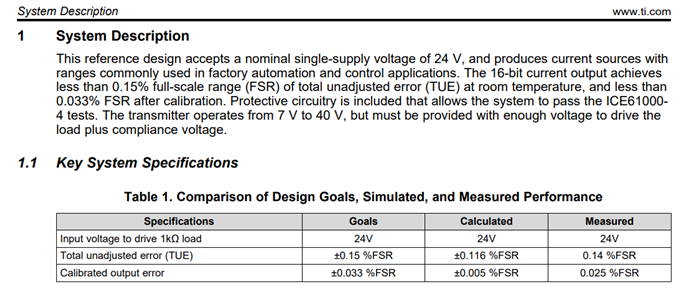Other Parts Discussed in Thread: DAC8760, XTR111, DAC8750, , XTR305, XTR300, DAC8771, DAC8775
Hello Team,
We plan to design a 4-20mA current source as a sensor output
1). Can I use a Howland current pump as described in the application note Analysis of Improved Howland Current Pump Configurations?
2). Or do we need to use specified ICs like XTR111AIDGQR?
We need a resolution of 0.3 μA and an accuracy of ±2.5 μA.
The load regulation will be ±0.02% rdg (0 to 500Ω).
0.15uA accuracy
3). Can I use DAC like DAC8760 for this application?
Looking forward to your response


